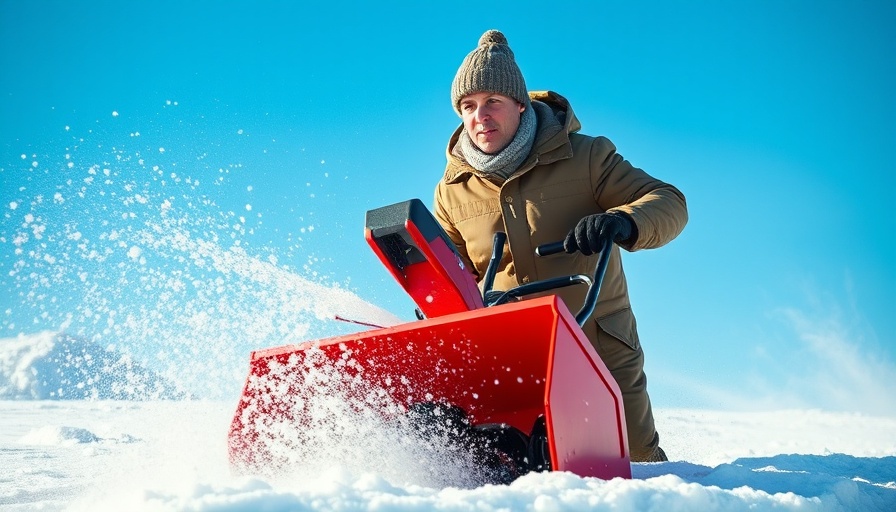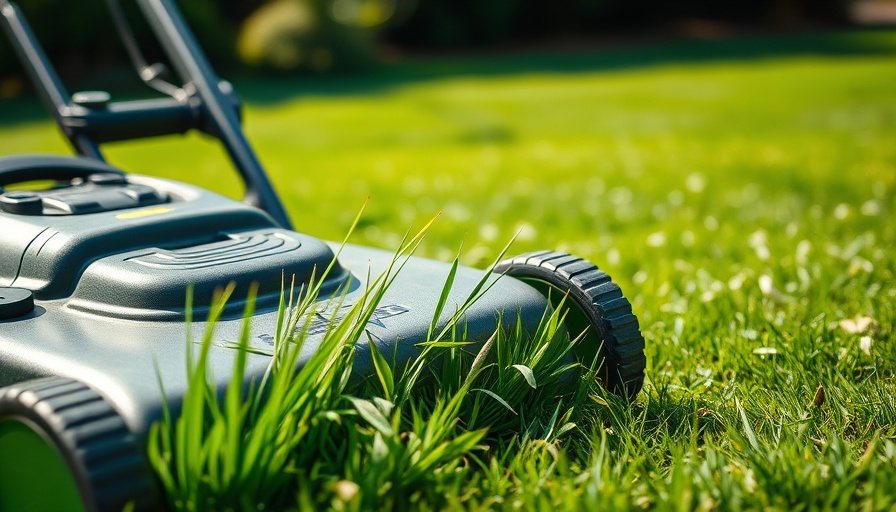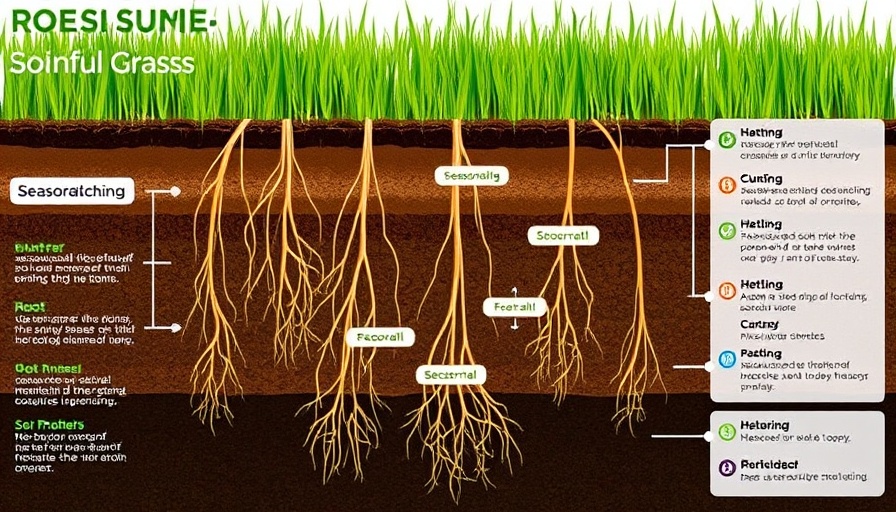
Understanding Snowblower Capacity: What You Need to Know
When winter arrives, the right equipment can make all the difference in your snow removal strategy. One of the most critical tools for battling accumulating snow is the snowblower, but how much snow can these machines actually handle? This article will explore the various factors that influence a snowblower's performance, from its design to the type of snow it encounters.
Types of Snowblowers: A Guide to Options
The snowblower market generally divides into two main categories: single-stage and two-stage snowblowers. Single-stage models are designed for lighter snow tasks and can usually handle depths of up to a foot, whereas two-stage models are built to tackle more significant snow accumulations, often clearing between one to two feet efficiently. Understanding the specifications, such as the width of the clearing path, throw distance, and snow handling per minute, can help you choose the appropriate machine for your needs.
Snow Types: Wet vs. Dry
Another crucial factor in a snowblower's effectiveness is the type of snow being cleared. Wet snow poses a greater challenge due to its weight and density; thus, a gas-powered two-stage model often performs best in these conditions. In contrast, electric models tend to excel in handling light and powdery snow where speed can greatly benefit performance.
Practical Insights for Snow Removal
To maximize your snowblower's capabilities, consider the surface type you'll be clearing. Gravel driveways, for example, require specific adjustments to avoid dispatching stones into your yard or neighborhood. Additionally, knowing when to use your snowblower is essential—many machines can struggle if the snow accumulation height is too low; thus, waiting for a significant snowfall could yield better results.
Power and Performance: Gas vs. Electric
Another vital decision when selecting a snowblower is choosing between gas and electric models. Gas-powered machines generally deliver higher performance with widths ranging from 24 to 30 inches and depths up to 21 inches, making them ideal for heavy snowfalls. Conversely, high-end battery-powered models now rival traditional gas models in terms of performance but usually come with certain restrictions regarding clearing depth.
Snowblower Maintenance and Longevity
Regular maintenance can significantly affect a snowblower's performance. Keeping blades sharp, ensuring the fuel system is clean, and following the manufacturer's guidelines for storage and winterization can enhance longevity and reliability when it matters most.
Future Trends: Technological Advancements in Snow Removal
As technology continues to evolve, the snow removal industry is experiencing significant innovations. From self-driving snowblowers to sensors that adjust their operations based on snow conditions, the future of snow management is on the brink of a technological transformation.
Making the Right Choice for Your Winter Needs
With the array of options available, choosing the right snowblower can significantly impact your winter experience. Understanding the capacity limits, the type of snow, and the performance characteristics of your preferred machine will enable you to make an informed decision and ensure effective snow removal throughout the season.
 Add Row
Add Row  Add
Add 


 Add Row
Add Row  Add
Add 

Write A Comment